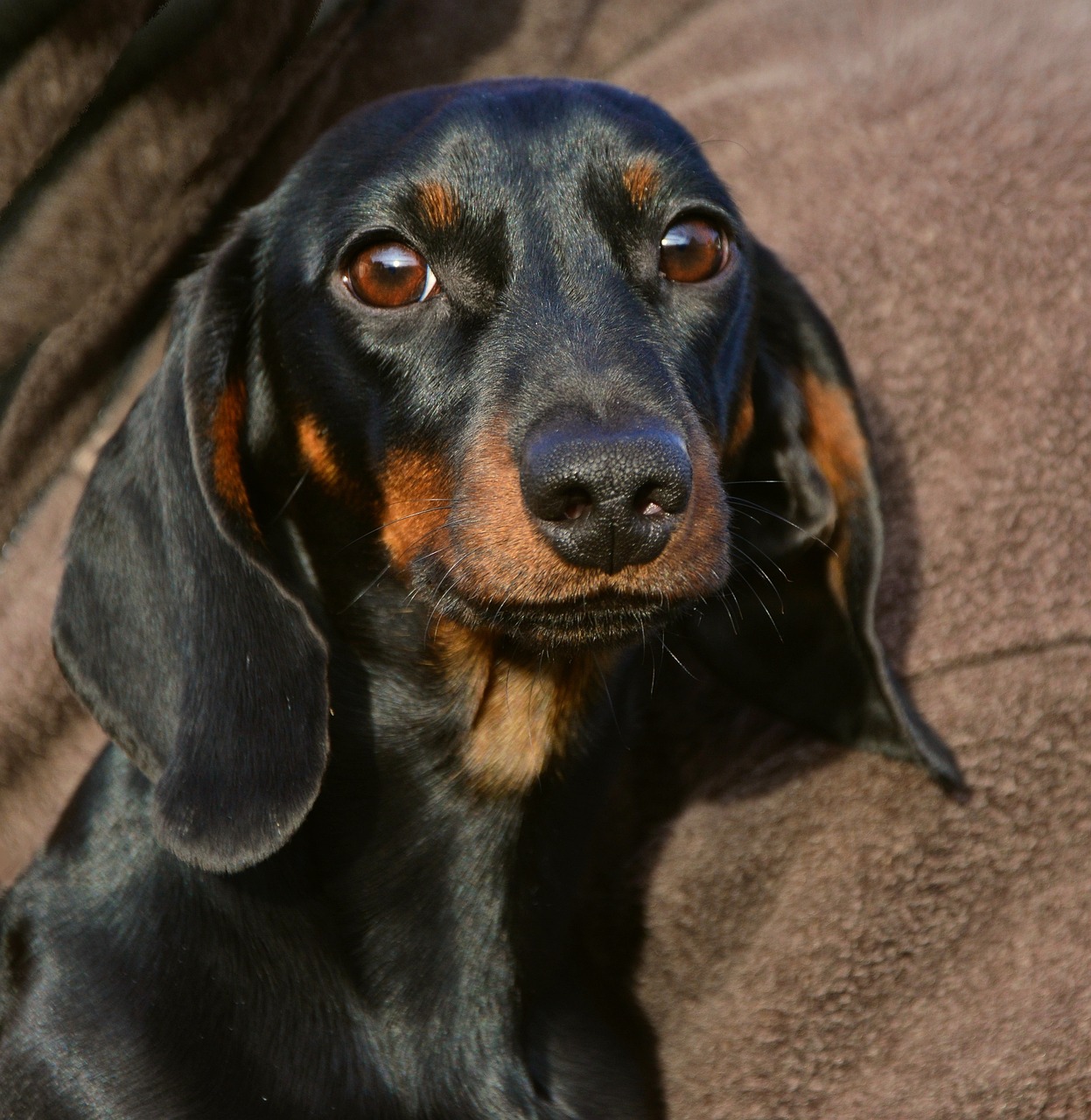
Popularly referred to as the “hot dogs” as well as the “wiener dog” Dachshunds (or Doxies, for short) are renowned for their long silhouettes with muscular and short legs, energetic and brave temperament, and constant in search of.
“Dachshund” originates from the German words badger (Dach) and dog (hund) since the breed was originally developed in 15th century of Germany for hunting badgers. The distinctively forward-flopping ear protects Dachshunds their ear canals from foreign matter while they chase through the brush. The curly tail is visible to those hunting who are behind them.
Dachshunds were developed to hunt on their own, securing dangerous prey. They are a bit brave even to the point of naiveté and even a little tenacious however their adorable nature and well-known physique make them among the most sought-after dogs in the U.S.
Dachshunds are available in a vast assortment of patterns, colors sizes, coat styles, and sizes. Standard Dachshunds weigh between 16-32 pounds and miniature Dachshunds weigh less than 11 pounds. The typical height of a Dachshund is between 8 and 9 inches, and that of miniature Dachshunds can be as low as 5 to 6 inches.
Looking after the Dachshund Dog
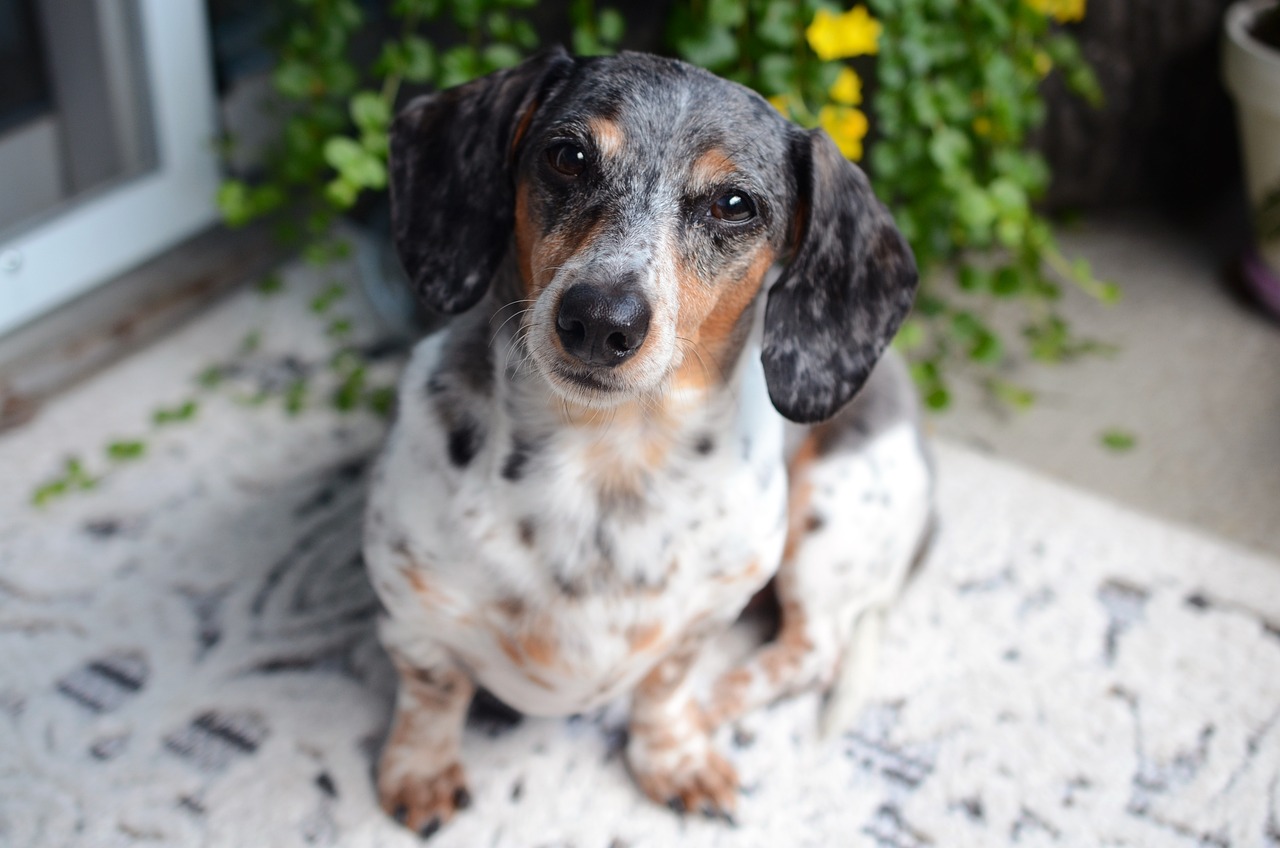
Dachshunds are a determined, headstrong breed playful, and fun. They’re also smart and sensitive canines. With a loud bark that is typical of larger breeds, Dachshunds make wonderful watchdogs.
Even though they’re small, Dachshunds need regular exercise to keep fit and build muscles that can provide support and protection to their backs. Dachshunds were not designed to run, jump or swim, but they are determined and willing to take on the world.
To maintain the health of your Dachshund’s back and to avoid injury, make sure they aren’t jumping as much by installing pet stairs and ramps close to furniture and beds.
Maintaining your Dachshund at an appropriate weight can help to reduce the risk of back injury.
Dachshund Health Issues
The top health concern for Dachshunds is back problems because of the dog’s long spine muscles and bowed legs, and low to the ground stature.
Dachshunds can also be described as dolichocephalic (long-faced) dogs. This means they have a thicker nasal lining than short-nosed dogs and are therefore more susceptible to fungal or bacterial or other diseases.
Intervertebral Disc Disease
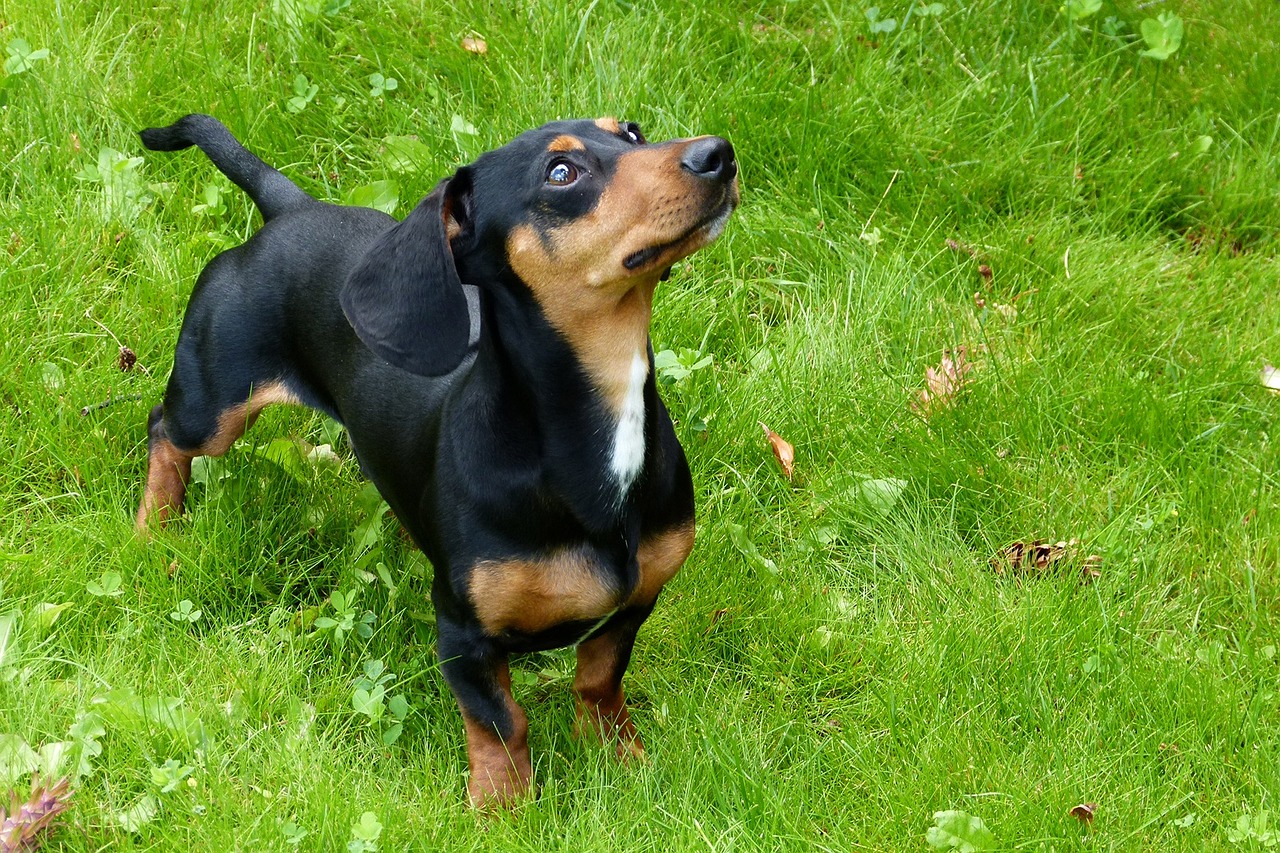
Intervertebral disk disease (IVDD) in Dachshunds is extremely common and can result in permanent and complete crippling of all four legs If not treated immediately. It is caused due to enlargement or slip of the disc in the vertebral column of the spine. It is estimated that 25 percent of Dachshunds suffer from IVDD during their lifetime.
Bring your Dachshund’s dog to the vet if you observe changes in how they move or the symptoms listed below:
- Trouble walking
- Limping
- Keep head and neck down
- Dragging paws
- Toenails that are scuffed
Based on the severity of disc injury treatment using anti-inflammatory pain medication might be recommended in addition to relaxation medications as well as strict rest of the cage. Cage rest is a time to refrain from running, playing, or jumping. Only short walks on leash to use the bathroom are permitted.
If your house has stairs the dog must be carried up and down and shouldn’t be allowed to climb onto the furniture or get off. When you hold a Dachshund that has back injuries, keeps their hind end using one hand and the chest using the opposite.
Correction of IVDD with surgery is usually required to assist dogs to regain their legs, as well as other activities caused by a disc that has slipped.
Obesity
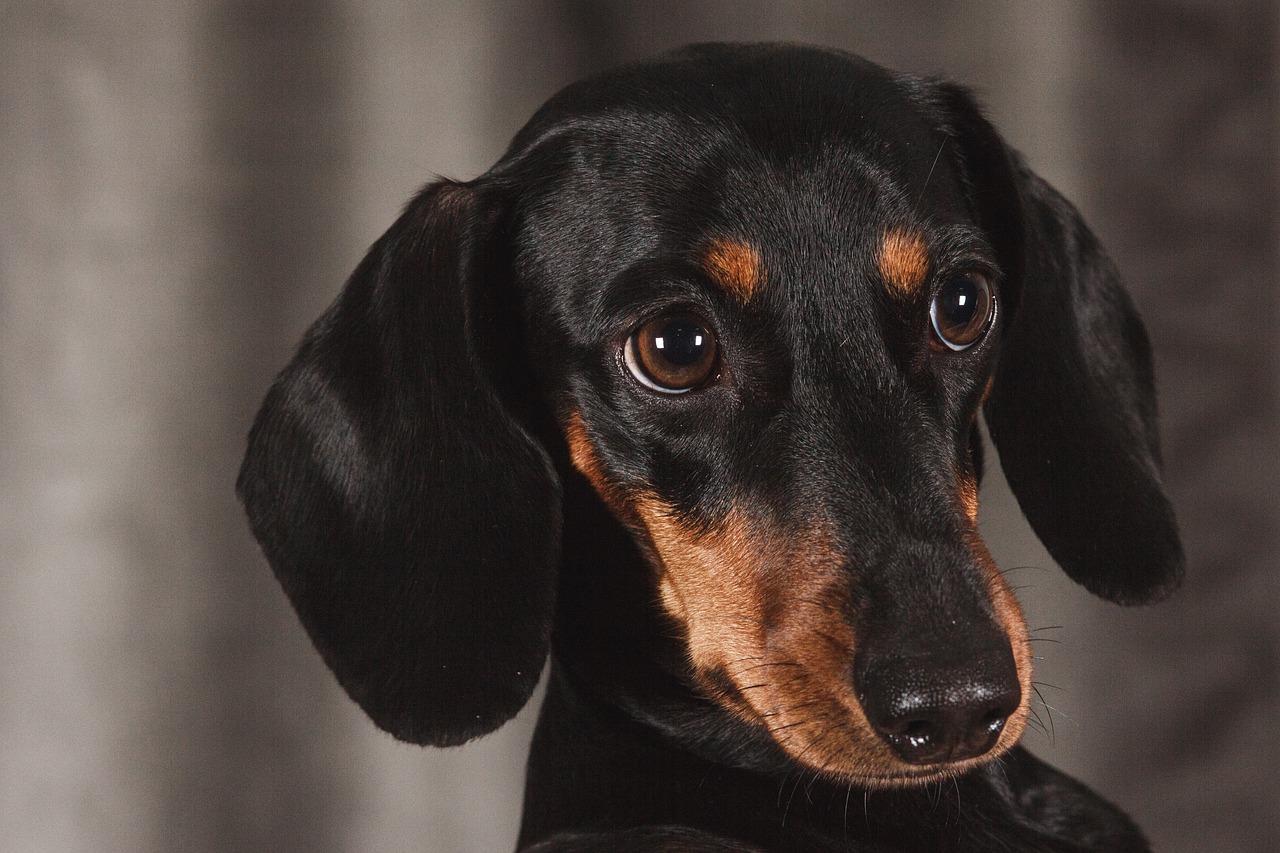
Dachshunds are an animal breed that has a genetic predisposition to be overweight. Their small stature and short legs make it difficult to exercise. Dachshunds also have problems that limit their mobility, including IVDD and orthopedic issues. These issues make it more difficult the dog’s ability to walk which can result in an increase in weight.
It is essential to consult your vet about the weight of your dog several times throughout the year to make sure they are well.
You can also monitor the dog’s weight by rubbing the ribs of their body, which will be very easy to feel and only beneath a small layer of fat like the palm finger.
Then, take a look at the waist of your dog. Similar to humans, your dog should have a waist as well. Although their waist should not be a lot of attention-grabbing but you should notice an obvious “tuck” between their lower ribs when you look at their body from the top.
If you’re having difficulty feeling the ribs of your dog and observe that they don’t have a waistline and ribs, it’s likely they’re overweight. Your vet can determine if your dog is overweight, and also ensure you that this weight increase isn’t due to an unrelated medical issue.
Luxating Patella
The luxating patella Also known as “floating kneecaps” are common among Dachshunds. They result from the kneecap moving out of its normal place. The condition is often seen on both legs.
It is possible to notice your Dachshund leaning on their hind limbs or perhaps you can see the classic “skip” or “bunny hop” to their gait as they walk. The severity of the problem varies on the dog’s condition, some do not require any treatment while others require anti-inflammatory and pain medication, or even corrective surgery.
A dog’s joint supplements and maintaining an appropriate weight can aid in preventing secondary problems related to the patellas that are luxating.
Bloat
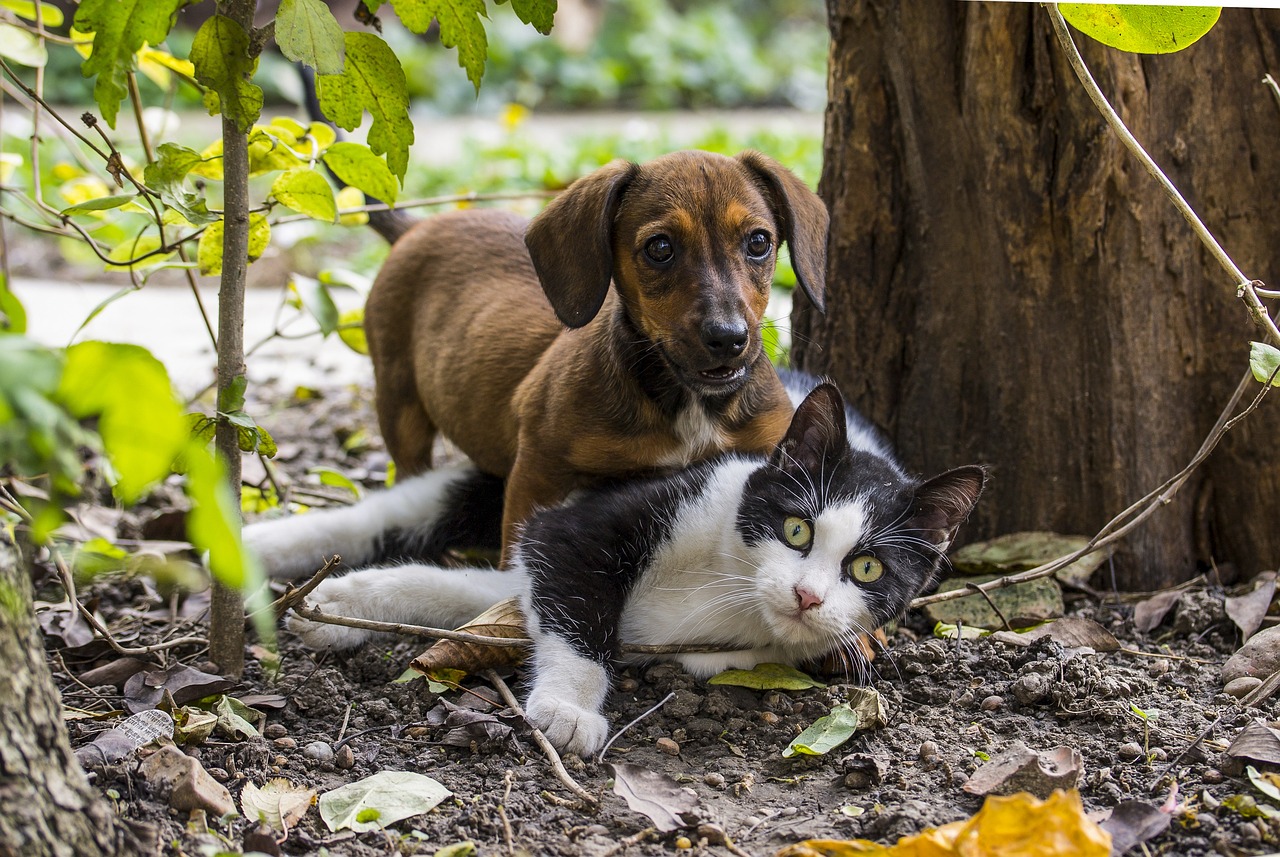
While many people believe the condition bloat is a large dog condition, it can also affect the Dachshund. It could be straightforward bloat (when stomach contents are filled up with gases) or a gastric twist (when the stomach turns around itself). Both of these conditions can be life-threatening in the event that they are not treated promptly and effectively.
The signs of bloat are:
- The belly is swelling, or a look of pot-belly
- Pacing
- Drooling
- Vomiting/regurgitating
- Lips that are licked
- General malaise
Bloat can be serious quickly. If you notice any of these symptoms you should take your dog to the vet as soon as you can.
Deafness
Deafness is a possibility in puppies of Dachshunds who have parents who are both Dapples (their coat is spotted or stained by patches of color). Although there isn’t a cure for this condition, deaf dogs are able to live long and healthy lives.
Dental Disease
Smaller breeds of dogs like Dachshunds are more likely to develop periodontal diseases due to teeth crowding, and they could require dental procedures more often than larger breeds.
Your dog could receive a diet for their teeth that is designed to lower the amount of tartar and plaque that builds up on their teeth to avoid dental diseases.
It is essential to clean your dog’s teeth every day and beginning at the age of puppies, to make them accustomed to the routine. Your veterinarian will recommend the most appropriate dental products and toothpaste. It’s essential to get your dog’s teeth professionally cleaned every calendar year, for older Dachshunds.
Ear Infections
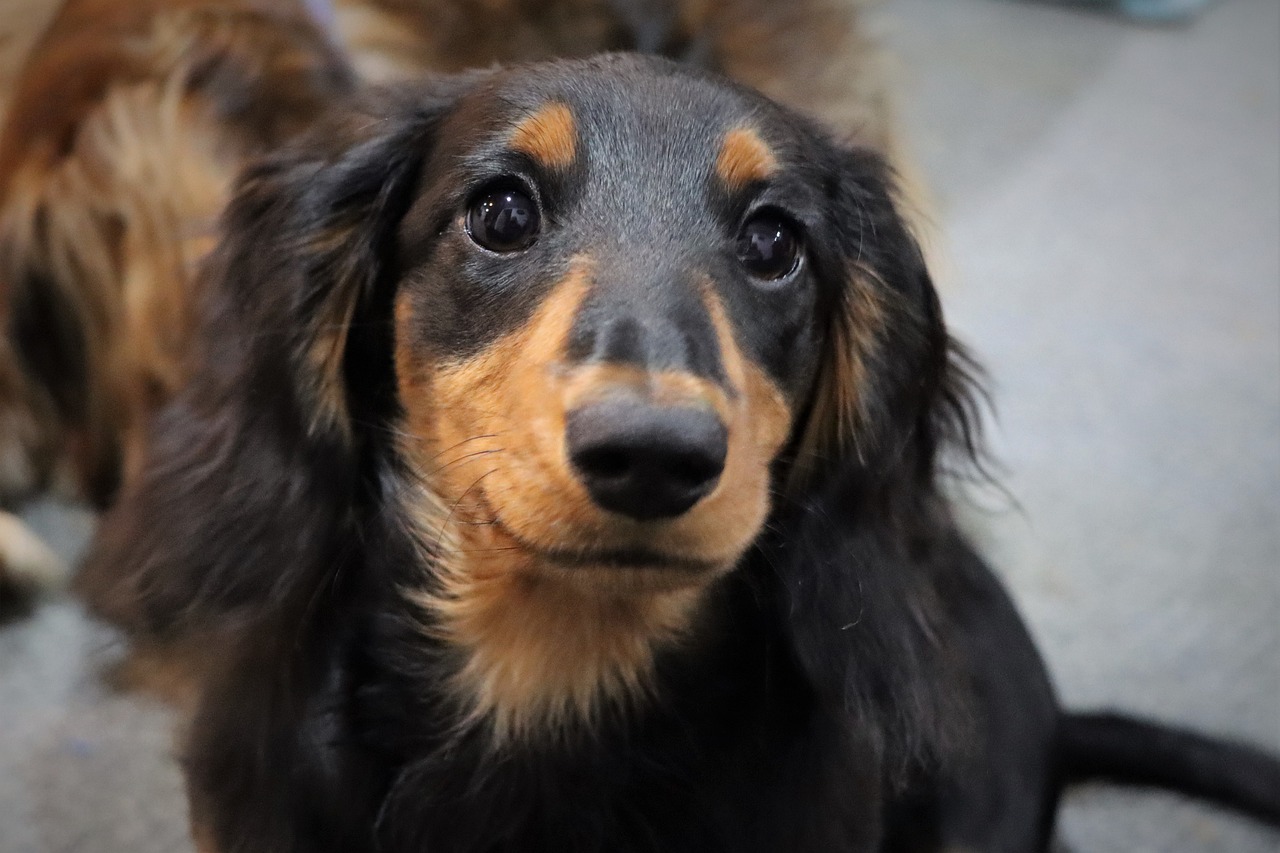
Ear problems are very common in Dachshunds because of their large ears that are floppy. In the ear, moisture may get trapped within the ear canal, which causes yeast and bacteria to multiply and resulting in an infected ear. The ear infections could also be caused by allergies to indoor or outdoor environments, or to food items.
It’s not recommended to apply prophylactic (preventative) cleaners for the ear that can cause an issue and are not recommended when a dog is suffering from an increased risk of developing an ear infection. Although it is crucial to wash your dog’s ears whenever required, excessively cleaning or washing them when they don’t present with an issue could result in irritation of the canal and can lead to an infection.
If your doctor finds an ear infection the majority of cases can be treated using an ear cleanser that contains the ear cleanser with a medicated ingredient and an ear-specific antibiotic or anti-fungal cream.
Epilepsy
Epilepsy and seizures are generally passed down through Dachshunds. This means they are either genetic or idiopathic in nature.
Idiopathic epilepsy is a form of epilepsy with no known cause. It is thought to have a genetic cause. The most common time for seizures is when dogs are young between 1 to five years old. If your dog has been diagnosed with idiopathic epilepsy it means that their neurological examination is not showing any abnormalities or abnormalities. They do not have any known toxins exposure or intake to any toxic substance, and there aren’t metabolic or structural diseases that trigger the seizures. Neurological deficits indicate that the body is not functioning properly. function. The abnormality could be due to a lesion that has occurred in the spinal cord, brain muscles, nerves, or muscles.
There are two types of seizures in Dachshunds, focal and generalized. Generalized seizures affect the body. The dog is typically not conscious of their surroundings, is prone to excessive drooling and defecating or urinating during the seizures. The seizures that cause focal seizures are less obvious and trigger facial twitching and chewing or paddling of the legs.
If you observe any seizures or believe that your Dachshund is having seizures, it’s crucial to have them checked by a vet as quickly as is possible. They will conduct a thorough neurological and physical examination as well as blood tests, and urine tests, and may request an x-ray, or an ultrasound scan to determine the source of the seizure.
Anticonvulsant medication can help control these kinds of dog seizures. A responsible breeder of Dachshunds should look for genetic markers that can cause seizures in dogs.
Eye Problems
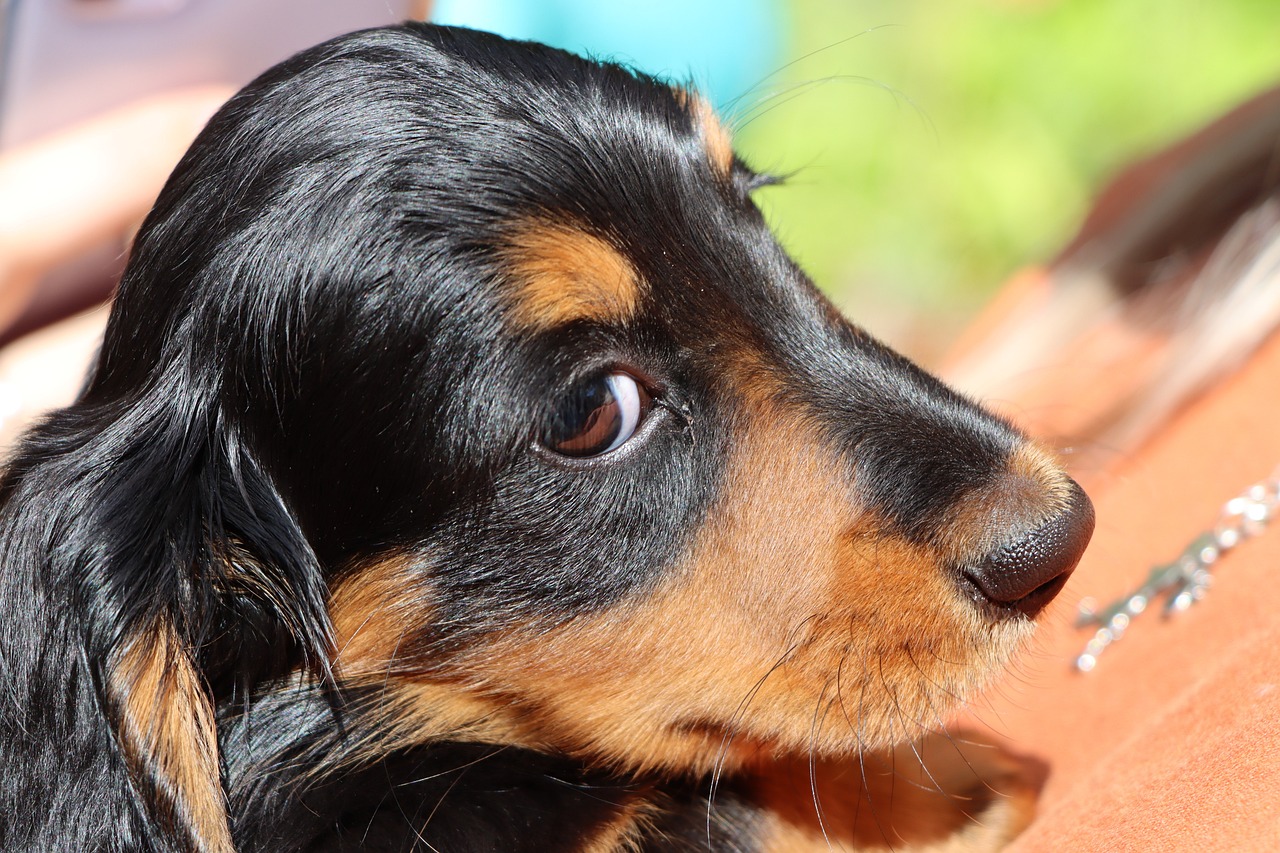
Eye issues such as cataracts, glaucoma as well as progressive retinal atrophy (PRA) are typical in Dachshunds and may cause blindness. These disorders are likely to be genetic and are therefore not curable.
The most common symptoms of eye issues are:
- Eyes that are cloudy
- Swollen, red, or itchy (with drainage) eyes
- Moving into things
- Afraid or trembling in unfamiliar areas
- Inability to climb up or down the stairs, or climb onto or off furniture
- Pawing at face
- Dazed, confused, or agitated behavior
PRA can’t be treated. cataracts and glaucoma can be managed with surgery. Eye drops can ease the pain or secondary symptoms. The majority of dogs are able to adjust to vision problems that are limited or nonexistent. Your vet can look out for these eye issues and breeders might be able of screening for these issues.
What should a Dachshund eat?
Dachshunds require a premium appropriate, proper for their age (puppy adult, adult as well as senior) diet that meets their nutritional requirements. Foods that are designed for “all stages of life” is only suitable for puppies as these types of food are typically made for dogs of a certain age.
It is strongly recommended that dogs consume the Association of American Feed Control Officials (AAFCO)-an approved diet that guarantees that the ingredients used in the food are in line with established standards.
Beware of feeding your Dachshund with table scraps or animal bones as they could trigger nausea, diarrhea, anorexia, or an obstruction of the gastrointestinal tract. A lot of human food items also contain a lot of fat that can cause severe complications, such as pancreatitis.
Be aware that the Dachshund’s keen sense of smell could get them into trouble. make sure that human food is away from the reach of.
How Much Feeding a Dachshund?
The amount you feed your dog is determined by the type of food your Dachshund consumes. The advice of your veterinarian as well as the instructions for feeding on the food bag will assist you in determining the appropriate amount to help keep your dog at a healthy weight.
Don’t overfeed your Dachshund. Do not overfeed your dog. Dachshunds are at a greater risk of back injuries.
How to feed a Dachshund
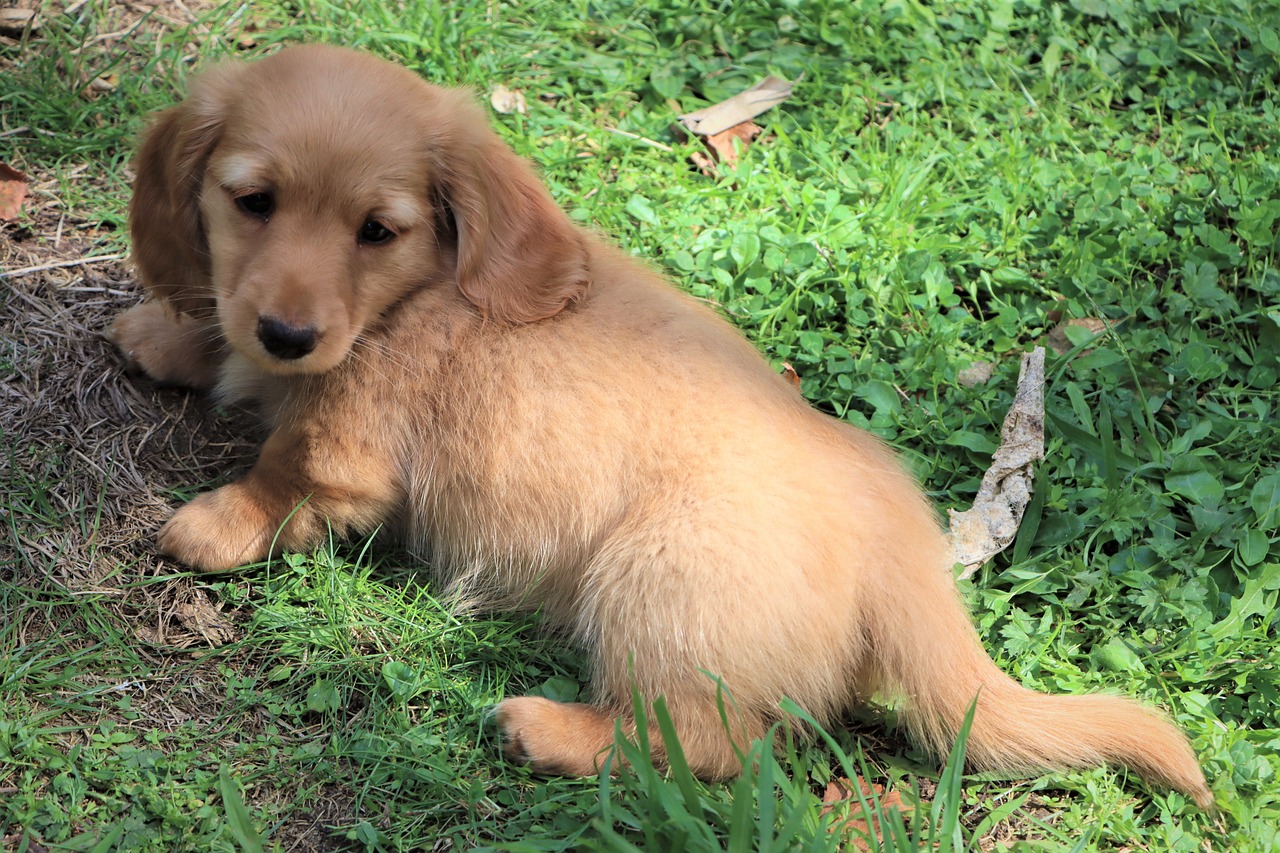
In general puppies, they should be fed 3-4 times a day adults should be fed twice every day.
Diets specifically designed for smaller breeds work well for Dachshunds as they usually have smaller kibbles which makes them more comfortable to chew.
Being slim and avoiding obesity, as well as maintaining a healthy body weight will reduce the risk of developing diseases as also knee and back issues.
Food Tips for a Dachshund
You might want to think about the following supplements to your diet for your Dachshund
- Glucosamine, chondroitin, and methylsulfonylmethane (MSM) supplements promote joint health.
- Omega-3 acid (fish oil) contains anti-inflammatory properties and helps maintain a healthy coat and skin when taken in the right doses.
While there aren’t any tangible results of antioxidants or vitamins on dogs suffering from PRA They can decrease stress on the particular lens cells within the eye and may delay the development of cataracts.
Supplements for minerals and vitamins generally aren’t required for healthy adults and puppies because they have everything they require from their AAFCO-approved diet.
Training and behavior tips for the Dachshund
Dachshund Character and temperament
Dachshunds are fun and affectionate dogs that are perfect for the first-time pet owner. They’re great for small and tiny homes however they tend to bark quite a bit. Dachshunds are extremely friendly and do not perform well outdoors as dogs. They prefer the company of their human within the home and with the family.
They are clever and brave. They enjoy mental challenges such as the game of puzzles, or even scent-tracking. But, be cautious when playing high-energy sports to keep back injuries from happening.
Dachshunds can be difficult to get well with other dogs or cats, despite being socialized at a young age. They usually prefer to be your only pet.
It isn’t easy for the Dachshund to be in a family with children who are young because they can play rough and could bite. They tend to be more likely to be able to coexist with children of a higher age. Dachshunds are notorious for biting more frequently than German Shepherds.
Dachshund Behavior

Dachshunds are well-known for being confident as well as problem solvers. They are also very playful. They possess a great sense of smell and strong prey drive.
They were designed to remain focused and to follow a particular path with no distractions, therefore when they’re busy with something else, they might not pay attention to you.
Dachshunds love digging which can cause damage to potted plants and the yard. Remember this and make sure you have other activities available with your pup.
Dachshunds are also a vocal breed, and bark often.
Dachshund Training
Dachshunds are extremely intelligent, but can also be independent and stubborn, and can be difficult to train.
They are very adept at the positive reinforcement method of training. This technique involves special treats as well as toys and plenty of praise to motivate them. Because Dachshunds like to show affection and give it they are most comfortable with this kind of reward-based learning. These dogs are sensitive. They don’t take well to brutal instructions or harsh reprimands.
Make the training sessions brief. Utilize their favorite treats to keep them motivated about learning. If they become bored and become distracted by noise or smell, they should take a break and resume their learning later.
Dachshunds were developed to hunt badgers. If left in the yard alone, they’ll hunt any small animal they can see and dig holes. If you’re seeking a safe way to satisfy these nature-loving instincts, look into Earthdog which is the name of a dog-related sport that is based on the simulation of a hunt in the underground.
Dachshunds have strong noses which is why they are well-suited to any scent-based games. You can play hide-and-seek and reward them with snacks to entice them and stimulate their minds.
Fun Activities for Dachshunds
Despite their small size, Dachshunds need regular exercise to keep them healthy and build muscles that can help protect their backs. They must lead a healthy lifestyle and walk every day for a decent duration (about 30 minutes).
To prevent injuries To avoid injury, don’t let your dog run up or down steps or jump on the furniture or jump off.
In this regard take a look at the following exercises for your dog
- Earthdog
- Tracking scents
- Nose work
- Puzzle toys
- Interactive feeders
Dachshund Grooming Guide
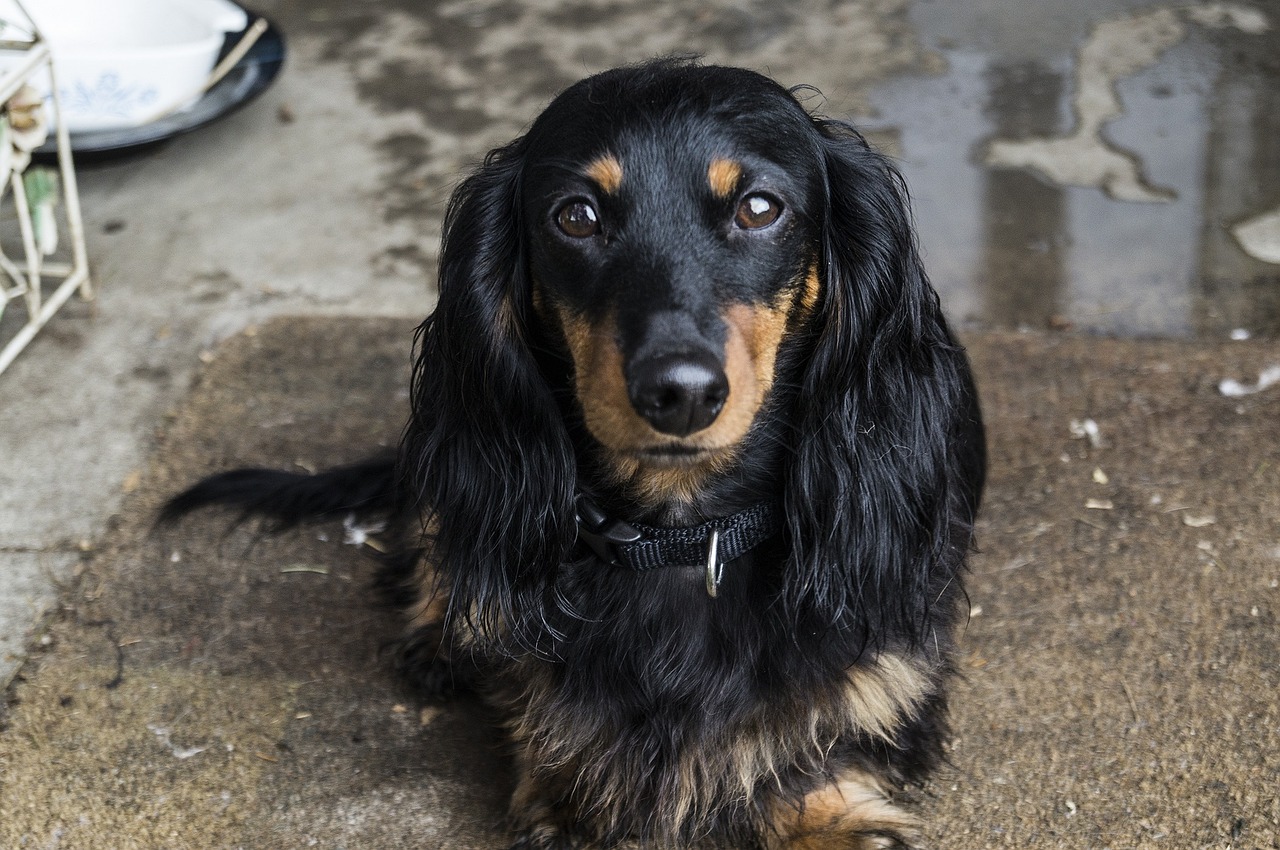
Dachshunds are shedders with low levels according to their coat type. They should trim their nails every month at a minimum. You can cut the nails if you notice them tapping your wood flooring or tile.
Skin Care
Dachshunds do not require to be bathed regularly however their bellies could require more frequent brushing because they’re so in close proximity to their surroundings.
Coat Care
Smooth-coated Dachshunds required the least maintenance and can be wiped down with a towel or a “hound glove” to make their coat shine. Bathing once every few months is usually adequate.
The longhaired Dachshunds need frequent grooming dependent on the coat’s thickness. Additionally, they can be prone to forming mattes, or even tangles. They need to be cleaned thoroughly at least once per week. A slicker brush helps detangle hair, while bristles help keep the hair shiny.
Wirehaired Dachshunds are “plucked” and “hand-stripped” at least once every year to keep their coat. They’re easy to care for with a regular trim of their beards and eyebrows. A weekly brushing session may be necessary for these.
Eye Care
Every dog has a natural eye stain called porphyrin. It is a component of tears. It is a brownish-reddish hue. It is possible to use a specific eye wipe, such as Angels Eyes products to get rid of the discharge or stain.
Ear Care
An ear care guideline treatment is to inspect your dogs’ ears to see if there is excess wax at least once per month. It is possible to check your dog’s ears while cleaning them, bathing them, and trimming the nails.
Things to consider for Pet Parents
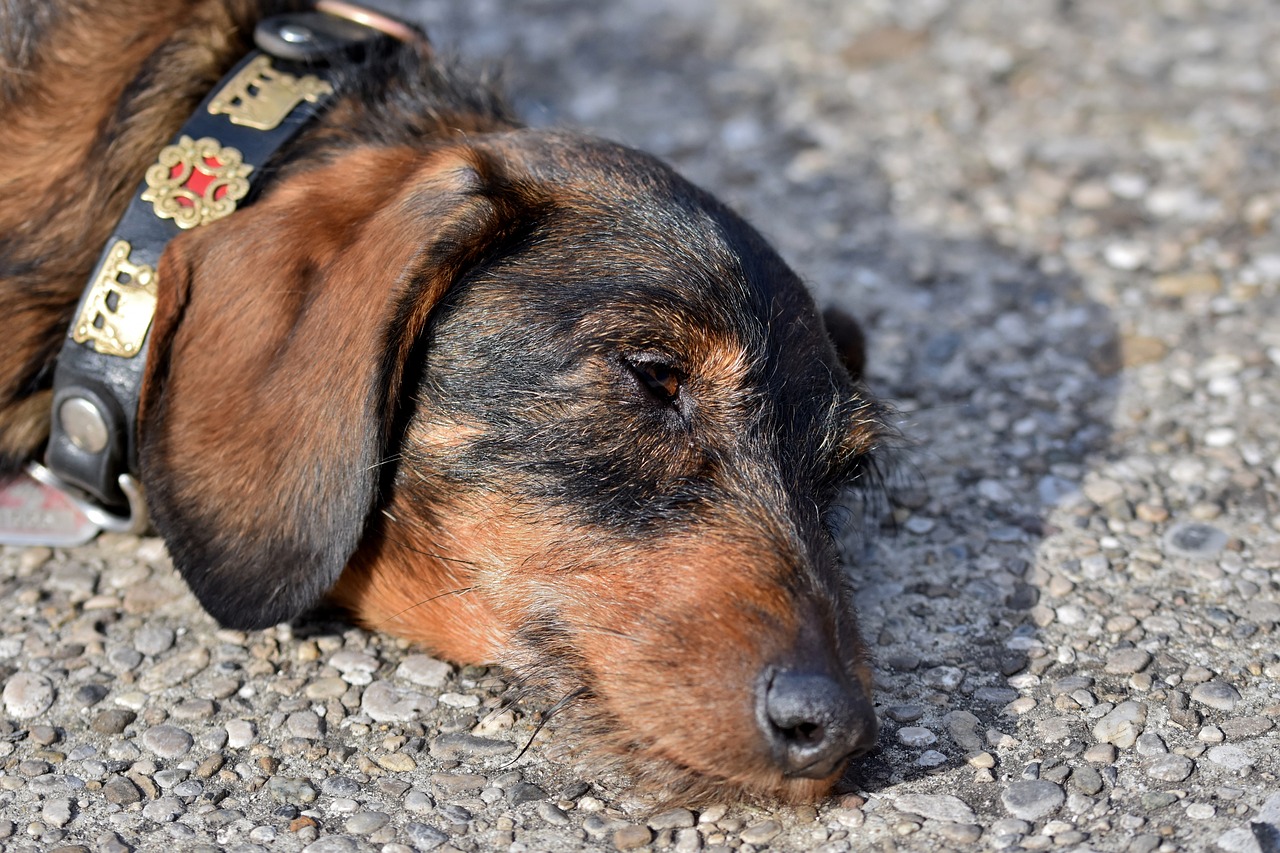
Dachshunds can make wonderful companion animals for people who live in apartments or smaller homes. They are however very vocal dogs, and you’ll need to learn how to stop barking.
The breed is also vulnerable to injuries to the back So any potential owners must be ready to take steps to ensure the health of their Dachshund’s back.
It is a boisterous and smart dog breed which is why mental stimulation and constant training are essential to creating positive behavior.
Dachshund FAQs
Do Dachshunds make a great pet for your family?
Dachshunds are great pets for families, but it’s not always the situation. The breed is known to be aggressive towards children as well as other pets They require socialization and continuous positively reinforcement-based training.
They are social animals which is why having a “pack” of humans or even other animals is beneficial for them when they’re well-socialized in their early years. Like all dog breeds, it is important to ensure that they are not kept in a child-free environment. It is also crucial for children to be taught to treat dogs with respect and compassion when that’s what they desire as a reward.
Are Dachshunds smart dogs?
Sure, Dachshunds are undeniably smart and have a knack for solving issues. The majority of them love puzzles and engaging toys that they can have fun with each day. Although they’re clever, they are also determined. Training may take longer, but it’s not because of an inability to think.
What are the disadvantages of what is drawbacks of Dachshunds?
Dachshunds are particularly susceptible to back injuries because of their spines that are long. Dachshund owners must be proactive in securing the back of their pets from injuries. This means that you should include ramps and stairs on your furniture to avoid accidents from jumping. Also, you should not let your dog jump on or off furniture or climb across the stairs.
Another disadvantage is that they are very aggressive, particularly when they are young and with other pets.
Dachshunds can also be found digging and barking in excess.
What is the average price for a Dachshund? cost?
The cost of Dachshund puppies ranges from 250 to $5,000, based on the coat’s markings/color as well as the breeder, pedigree papers and health screenings.
Dachshund rescue organizations and local shelters are able to assist you in finding the perfect purebred breed to adopt.
Do Dachshunds have a relationship with other species of animals?
If you wish for your Dachshund’s personality to blend with another dog, it’s recommended to ensure that their personalities are compatible.
Dachshunds might not be as friendly to other dogs due to their jealousy when other dogs enjoy the affection and love of their pet’s parents. This is mostly due to their loyalty However, with proper training, Dachshunds are taught to live happily in a dog’s world.